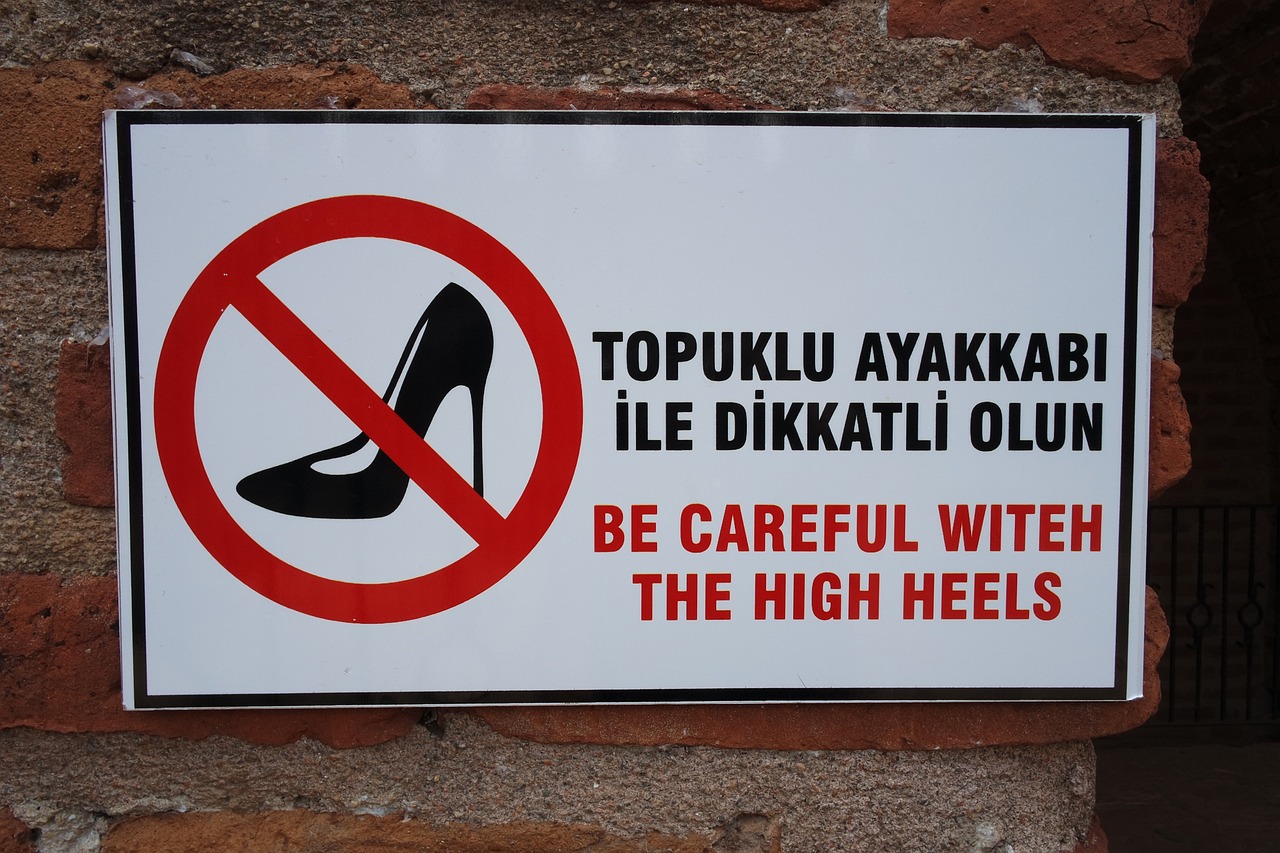The ancient Egyptian pantheon featured a diverse array of deities, each closely integrated into the daily lives of the people. The gods and goddesses fulfilled specific roles associated with key aspects of existence such as death, birth, seasonal changes, agriculture, and luck. The Egyptians engaged in worship practices that included offering reverence and sacrifices to certain deities depending on their circumstances. Figurines of these gods were often displayed in homes or worn as amulets for protection and blessings. One notable artifact is the statue titled “Bes with Worshipper,” housed at the Metropolitan Museum of Art in New York, which is thought to have served personal worship purposes either in residences or in ancient Egyptian birth houses. This bronze or copper alloy figure, dating back to approximately 664-380 BCE during the 26th to 29th Dynasties, measures around six inches in height, two and a half inches in width, and six inches in length.
This statue represents the deity Bes, who, while not among the principal gods of Egyptian belief, held significant importance especially during life’s milestones such as marriage and childbirth. Ana Ruiz, in her book “The Spirit of Ancient Egypt,” characterizes Bes as “the god of childbirth, protector of children and guard against nightmares.” Furthermore, Bes is associated with music, joy, and the coming together of couples, as well as being believed to bring good fortune to newlyweds. People frequently wore amulets featuring his likeness, hoping to attract his blessings. Notably, Bes also played a role as a deity associated with intoxication.
In the statue, Bes is elevated on a pedestal, appearing larger than the worshipper below him. Although his stature is exaggerated, he still embodies a dwarf-like form. He clutches a harp or lyre in his left hand, a detail believed to symbolize his ability to soothe troubled spirits or an expression of his musical nature. The position of the humble worshipper, seemingly submissive and vulnerable, suggests he is beseeching Bes for aid against any vengeful spirits or seeking his goodwill concerning marital matters. Ruiz points out that, despite lacking a dedicated temple or prominent cult following, Bes was widely revered in private worship settings.
In this particular representation, Bes displays only a modest interpretation of his legendary form. Traditionally, Bes is characterized as “a dwarf wearing a beard, a feathered headpiece, and exhibiting features of a lion.” Occasionally, imagery even suggests he has a tail. This specific portrayal is relatively straightforward, distinguishable chiefly by his dwarf-like appearance. A distinctive element in the representation of Bes is his frontal stance—unlike most deities typically shown in profile. While research on artistic choices for deities remains sparse, Encyclopedia Britannica suggests that full-face portrayals were often reserved for deities related to the underworld, aligning with Bes’s affiliations with the spirit realm and malevolent spirits. This divergence in depiction likely serves to reinforce his connections to non-conventional elements of the world.
The unusual hybrid of animal and human features in Bes’s imagery further emphasizes this point. In the context of ancient Egyptian deities, who often possessed animalistic traits, it is rarer to see a figure that combines dwarfism and imperfection, suggesting a unique narrative around Bes. The apparent distortion in his form may also imply an interaction with malevolent entities throughout his existence, influencing his character and representation.
By: Alexandra Hagg



